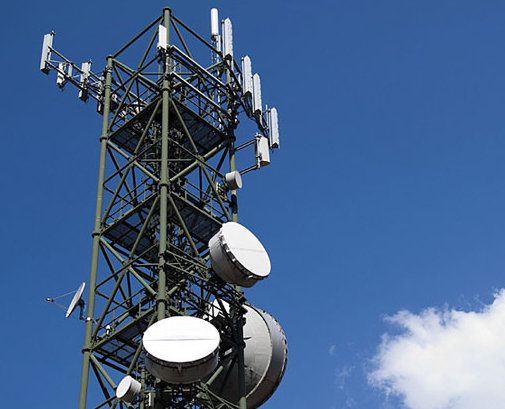In a move that can potentially improve cellphone services, check call drops and also lower tariffs, the Telecom Commission on Thursday paved the way for sharing of airwaves, or radio frequency spectrum, among operators.
The proposal recommendation will now go to the cabinet for a final nod.
“We have finalised our view on spectrum-sharing and trading guidelines. We will try to send the norms to the Cabinet by the month-end,” Telecom Secretary Rakesh Garg said after a meeting of an inter-ministerial panel to deliberate on the issue.
Even as the details of the recommendations were not immediately disclosed, the Telecom Regulatory Authority of India (TRAI) had in July last year made its suggestions under which two licencees in an area with the same band of spectrum could pool or trade this scarce resource.
“The basic objective of spectrum sharing is to provide an opportunity to telecom service providers to pool their spectrum holdings and gain better spectral efficiency. Spectrum sharing would involve both the service providers utilising the spectrum,” the watchdog had said.
“The leasing of spectrum is not permitted.”
Following the recommendations, and comments from the operators, the Telecom Commission had sought some clarifications from TRAI in April. The clause proposed by the watchdog that spectrum can be shared only in the same frequency bands had raised concerns.
Reacting to the developments on Thursday, Rajan Mathews, the director general of the Cellular Operators’ Association of India (COAI) told IANS that spectrum sharing will go a long way in helping the aggregation of this resource.
“It will particularly help in having contiguous spectrum. This is essential for decent 3G and 4G services,” Mathews said. “Spectrum trading and sharing will allow operators to pool their active infrastructure,” he said, referring to the passive sharing in the form of towers.
“We expected the sharing and trading norms to come into active play within three-four months from the cabinet approval. The smaller players will be benefit the most.”
The government, at present, allocates spectrum to telecom companies through the auction route only. Once trading is allowed, it will help telecom operators, with lower subscriber base, to trade in it.
In March this year, the government had conducted e-auction of spectrum for telecom operators that spanned 19 days of rigorous bidding. It evoked a total commitment of nearly Rs.110,000 crore — the highest ever.
Radio frequency spectrum is a band of electromagnetic airwaves, used to transmit signals. The mobile phone you make and receive calls from, the FM radio, the TV programmes you watch or the GPRS devices you use, all function by receiving and transmitting these invisible signals.
IANS






